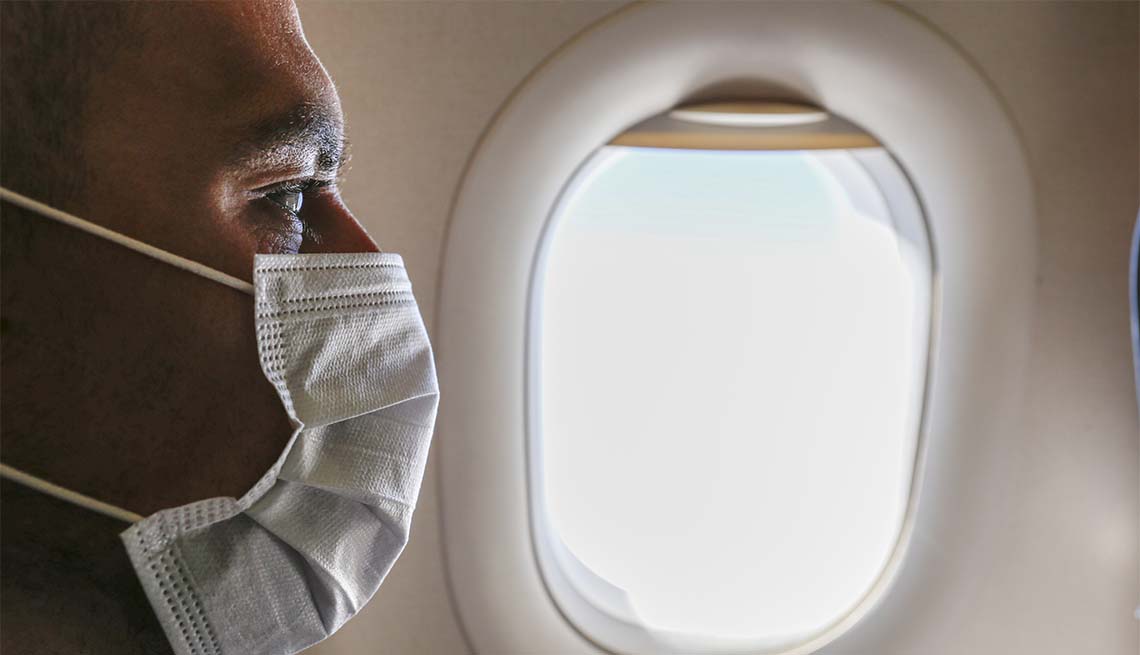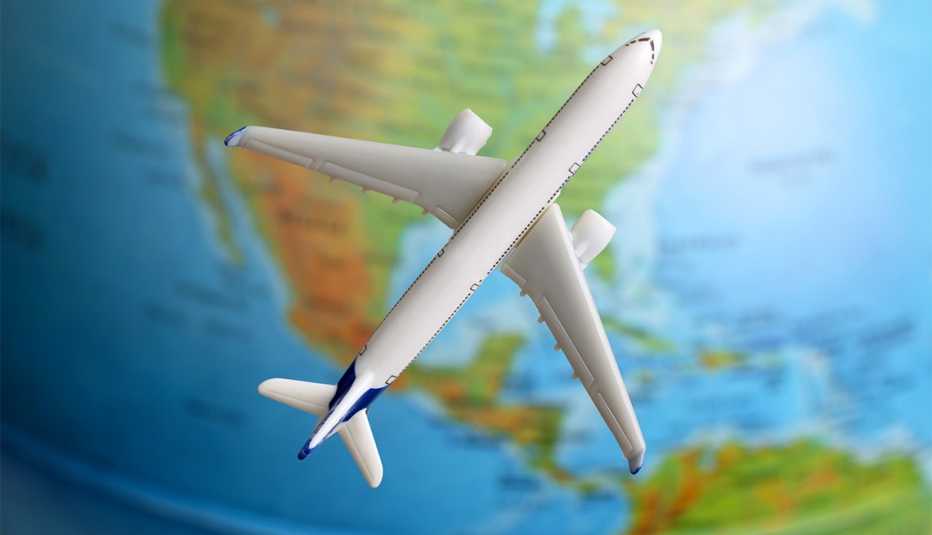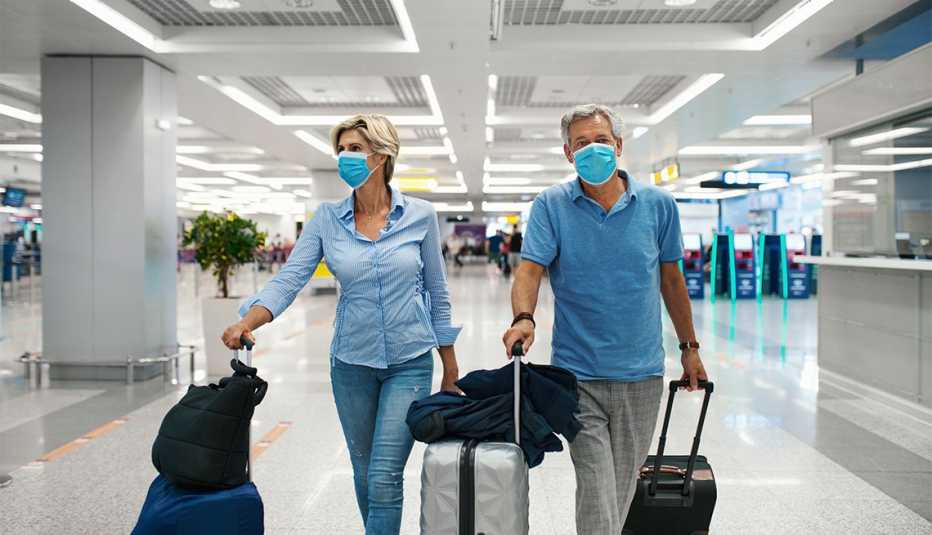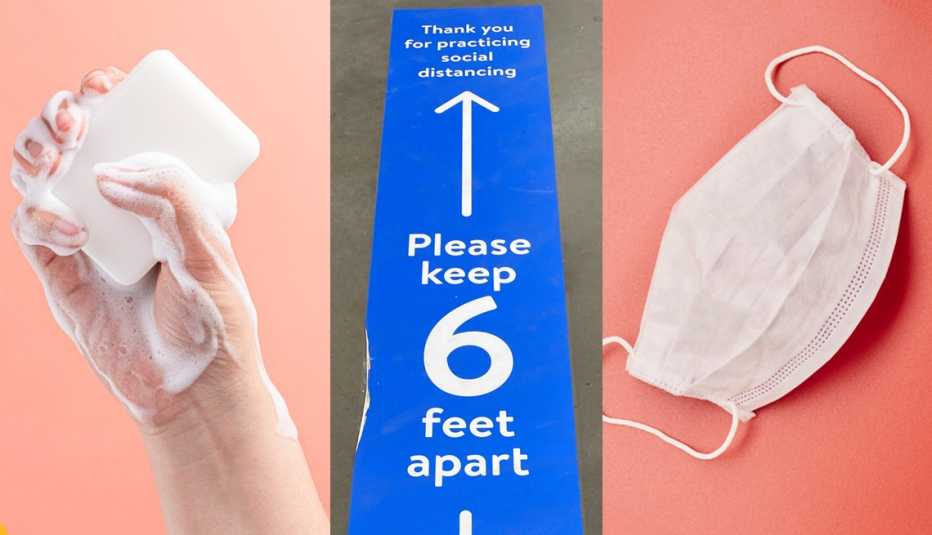Staying Fit
| Todd Cullop, who lives in Washington state, wants to visit his mother on the East Coast as much as he can while she battles cancer. He canceled a flight in the early phases of the coronavirus outbreak, but when he and his two sons flew out to Washington, D.C., to see her in August, they found that navigating half-empty airports and uncrowded airplanes was largely a positive experience.
“We just zipped through security,” says Cullop, 55. Their Southwest Airlines flights were roughly half full, so they changed seats to distance themselves from other passengers. The worst part, he says, was wearing a mask all day.


AARP Membership— $12 for your first year when you sign up for Automatic Renewal
Get instant access to members-only products and hundreds of discounts, a free second membership, and a subscription to AARP the Magazine.
Americans like Cullop are slowly booking flights again, motivated by family needs, cheap fares and cabin fever after months of staying home. On Oct. 15, 950,000 passengers passed through U.S. airport security checkpoints, up from about 100,000 on April 20, according to the Transportation Security Administration (TSA) — though far fewer than the 2.58 million passengers who flew on Oct. 15, 2019.
But is flying safe during a pandemic?
The risk of infection
In a new study on the risk of COVID-19 infection on flights, the Department of Defense found that the odds of the tiny virus droplets expelled by an infected passenger reaching the “breathing zone” of another passenger are only 3 in 1,000 — assuming that both are wearing masks. The study, undertaken in partnership with United Airlines and Boeing, used a mannequin built with the ability to release aerosols that included tracer particles in its simulations.
The lengthy report concluded that “Aerosol exposure risk is minimal even during long duration flights, but typically highest in the row” of someone infected. It also recommended the continued use of masks, HEPA filtration systems and disinfectant cleaning onboard. (The report notes that scenarios such as “talking to a neighboring passenger while eating or drinking without a mask” were not studied.)
The Centers for Disease Control and Prevention (CDC) website concurs: “Most viruses and other germs do not spread easily on flights because of how air circulates and is filtered on airplanes.” But it also adds that “social distancing is difficult on crowded flights, and sitting within 6 feet of others, sometimes for hours, may increase your risk of getting COVID-19.”
And while there are no statistics on the number of people who’ve caught COVID-19 on planes, it appears that at least some may have.


































































